The Stanford Open Policing Project just released a dataset for police traffic stops across the country:
Currently, a comprehensive, national repository detailing interactions between police and the public doesn’t exist. That’s why the Stanford Open Policing Project is collecting and standardizing data on vehicle and pedestrian stops from law enforcement departments across the country — and we’re making that information freely available. We’ve already gathered over 200 million records from dozens of state and local police departments across the country.
You can download the data as CSV or RDS, and there are fields for stop date, stop time, location, driver demographics, and reasons for the stop. As you might imagine, the data from various municipalities comes at varying degrees of detail and timespans. I imagine there’s a lot to learn here both from the data and from working with the data.

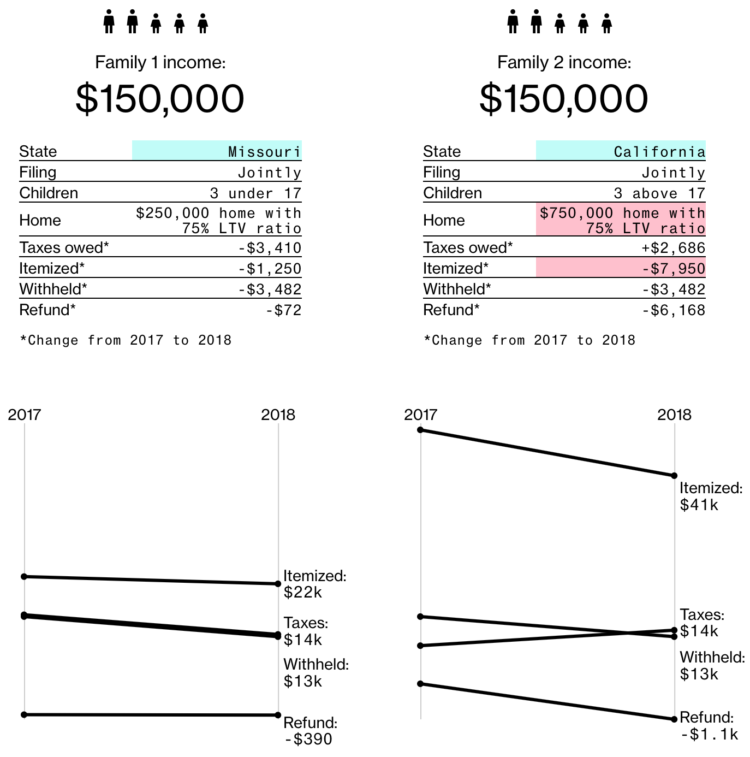
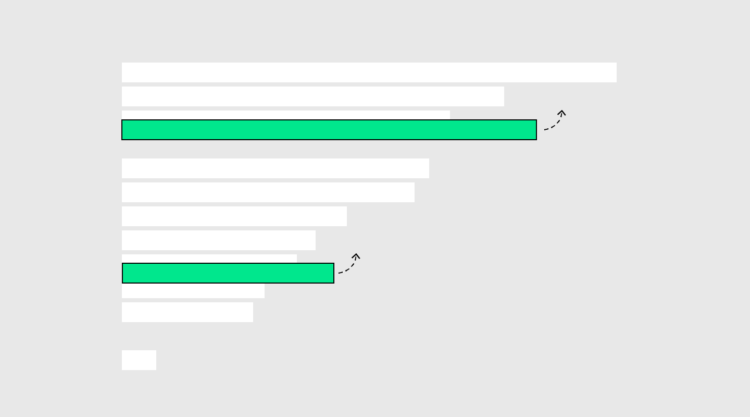
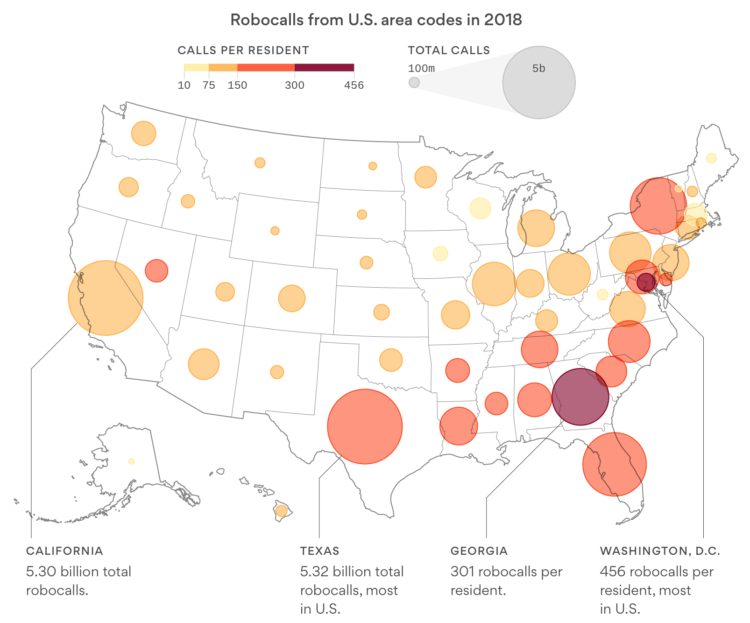
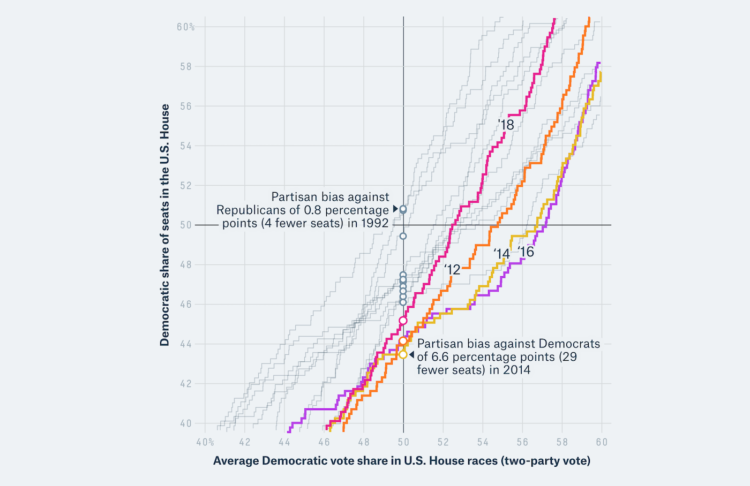
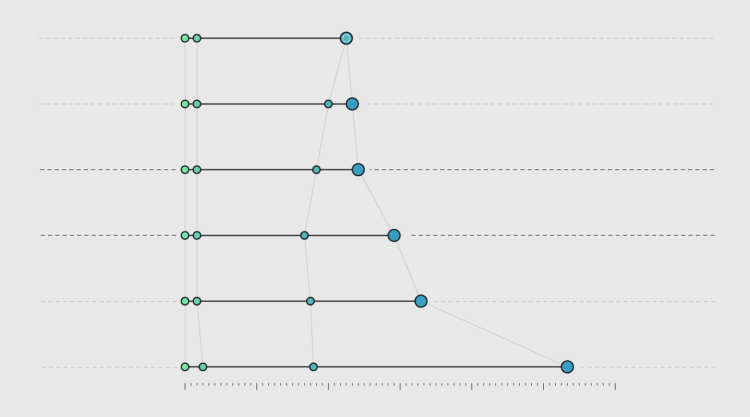
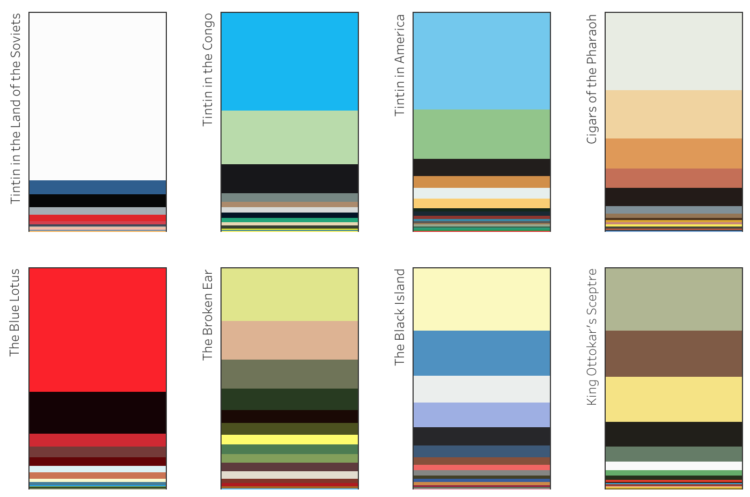
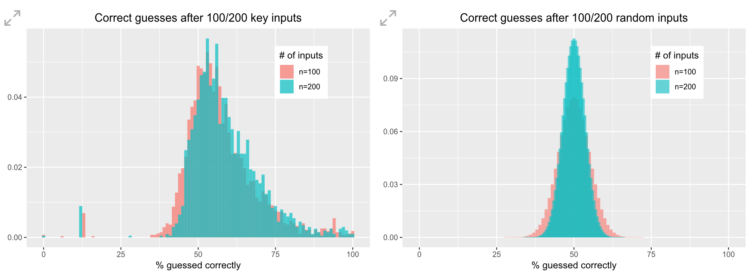
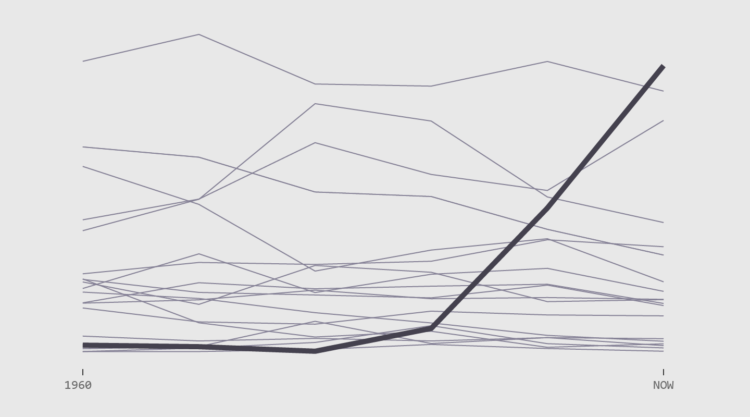
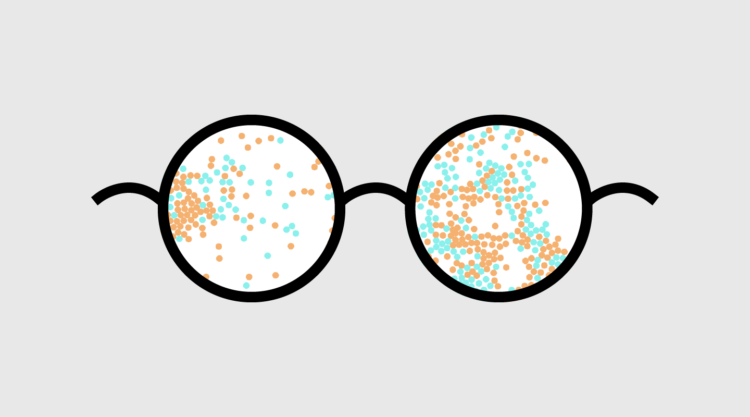
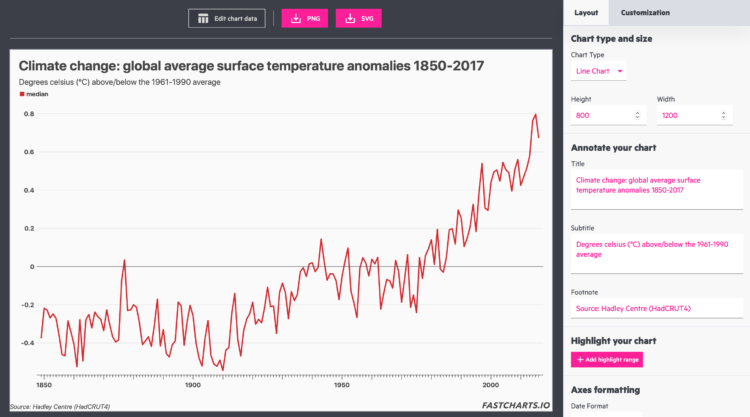


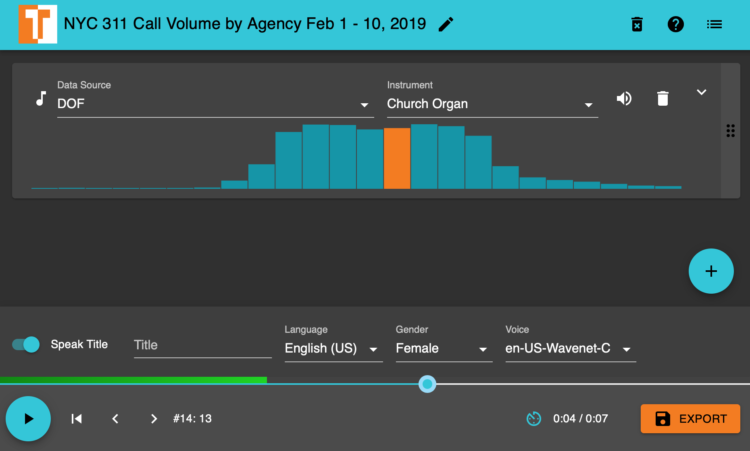

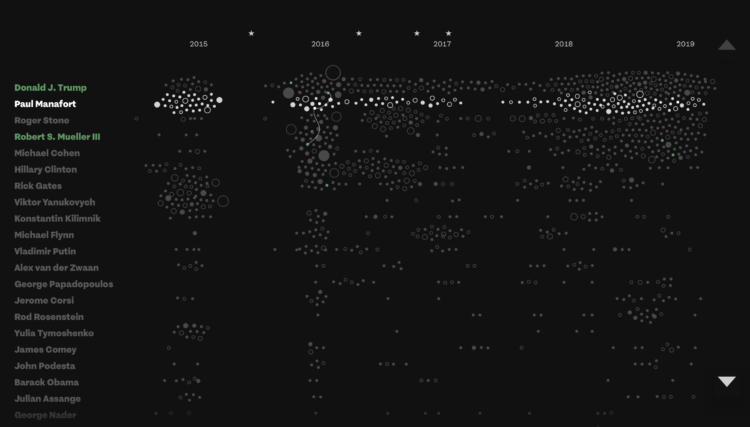
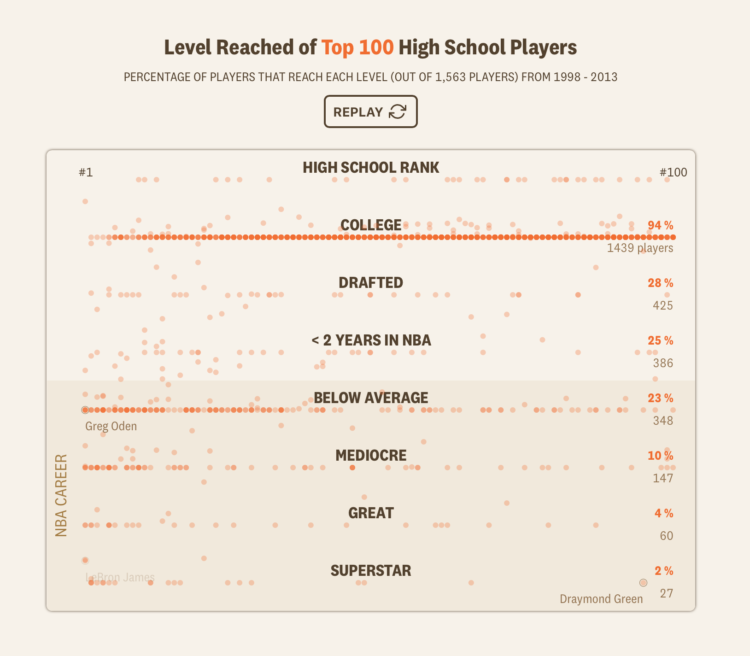
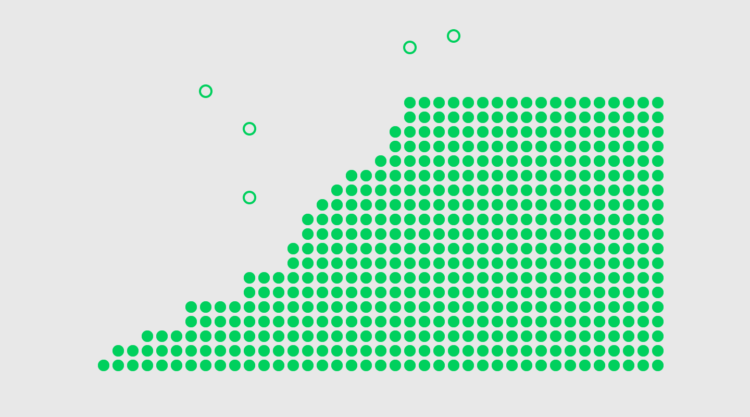

 Visualize This: The FlowingData Guide to Design, Visualization, and Statistics (2nd Edition)
Visualize This: The FlowingData Guide to Design, Visualization, and Statistics (2nd Edition)










